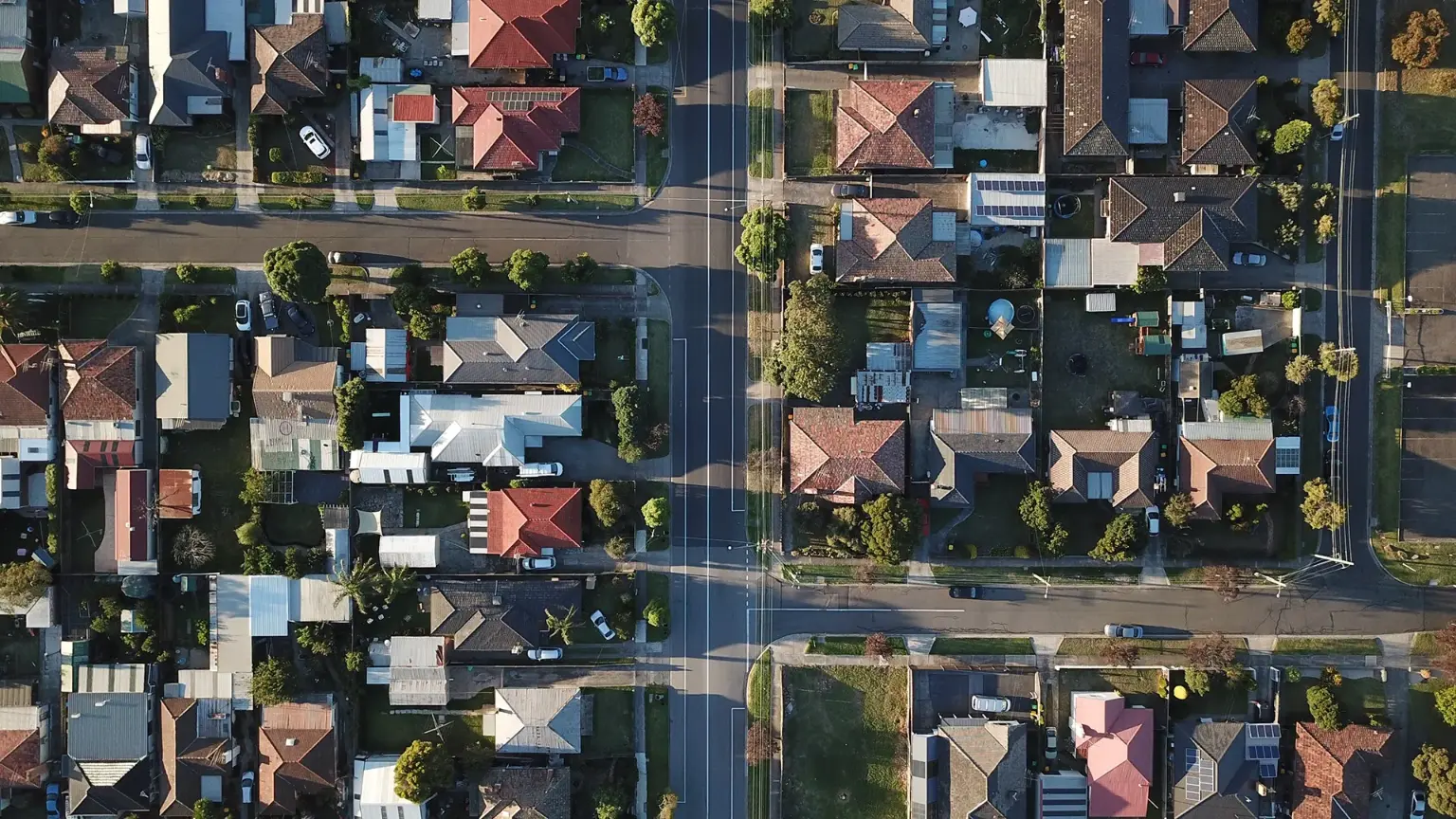National housing supply rises as Sydney and Melbourne lead the surge, creating new options for investors across Australia
August 2025 delivered a noticeable shift in Australia’s property market, with national listings climbing 5.2% month on month. While this signals renewed confidence among vendors, overall supply remains 4.2% lower than the same time last year. For investors, this mix of rising monthly supply and subdued annual volumes highlights a property sector in transition. The market is no longer at its tightest point, but it is also a long way from the runaway growth cycles of earlier years. Instead, investors face a more nuanced environment where new opportunities are emerging, yet careful due diligence and strategic selection remain essential.
National momentum and regional dynamics
Sydney and Melbourne dominated August activity, with listings up 9.8% and 11.5% month on month. Both cities also saw new listings jump by more than 26%, reflecting pent up vendor supply after winter and the timing of campaigns ahead of spring. The annual picture is more mixed. Melbourne’s listings are still down 4.8% compared to 2024, indicating that sellers remain cautious and buyers are selective. That combination can create mispricing in certain pockets and potential openings for well prepared investors.
Brisbane recorded an 11.6% annual drop in listings, underscoring a tightening market that may be tied to affordability constraints and population movements. Darwin experienced one of the steepest annual declines in available stock, down 36.9%, highlighting its status as the nation’s most volatile capital city market. Hobart saw a monthly dip in listings but rising asking prices, a sign that demand still outweighs supply even as vendors remain cautious.
Adelaide stands out as more balanced. Listings rose 4.6% over the month and 2.1% year on year, with steady increases in new stock and contained levels of older listings. For investors, Adelaide’s conditions point to less volatility and better pricing alignment, suiting those seeking medium term rental yields alongside stable growth prospects.
New listings are flooding the market
Nationally, new listings under 30 days surged 14.4%. Sydney and Melbourne again led, with rises of 26.4% and 27.5% respectively. Canberra posted a 24.6% monthly lift and a 7.6% annual increase, suggesting growing confidence in the capital. For investors, this influx of fresh stock expands the choice set and can temper bidding pressure, which in turn opens the door to sharper negotiations. Timing will matter. With many vendors launching ahead of spring, some suburbs could see supply outpace demand in the short term. That creates opportunities for buyers who move decisively on quality assets with sound fundamentals.
Old listings signal caution and selectivity
While new stock lifted, older listings also increased. Nationally, properties on market for 180 days or more rose 5.0% month on month and 6.7% year on year. Canberra’s older stock grew 64.3% year on year, a sharp rise that points to mismatched pricing or buyer hesitation in specific higher value segments. For investors, aged listings can be fertile ground for negotiation. The key is to separate genuinely mispriced or poorly presented properties from those reflecting deeper issues such as inferior location, structural problems or weak rental demand. Focus on dwellings with fixable barriers, for example those needing presentation work, updated marketing or modest capex that can lift rental appeal.
Distressed listings are falling overall
Distressed listings declined 4.5% from July and 20.0% year on year. Queensland and Western Australia recorded the steepest annual declines at 25.5% and 37.3% respectively, suggesting improved household resilience and fewer forced sales. The Australian Capital Territory moved in the opposite direction, with distressed listings up 23.3% month on month and 27.6% year on year. For investors, this means widespread distressed opportunities are less common than a year ago, though selective cases remain in specific regions where local pressures are more acute.
Asking prices show renewed confidence, but not uniformly
National asking prices rose across all property types through early September. For the week ending 2 September 2025, the national average asking price for houses reached 1,296,482 dollars, up 2.25% on the week and 6.9% year on year. Units rose 1.53% weekly and 6.8% annually. Sydney recorded the sharpest weekly increase in house asking prices, up 9.17% to 2,081,082 dollars. Sydney unit asking prices also lifted 2.05% for the week to 867,029 dollars. Melbourne’s house prices rose modestly on the week at 0.77%, with annual growth of 8.0%. Perth and Hobart remain resilient, with annual house price growth of 8.2% and 6.2%. Brisbane and Canberra saw weekly declines in house asking prices, down 2.37% and 2.13%. Darwin posted the steepest weekly decline for houses at 2.63%, although Darwin unit prices edged higher over the rolling month. For investors, the lesson is to tailor strategy city by city. Deep and liquid markets such as Sydney are showing renewed vendor confidence, while other capitals are experiencing short term pushback on price. Portfolio decisions should reflect these local dynamics, rental fundamentals and expected holding costs.
Practical ways investors can act now
-
Shortlist suburbs with a spike in new listings and stable rental demand. More choice and less competition can translate into better entry pricing for assets with strong tenant appeal.
-
Target older listings with solvable issues. Properties that have sat for more than 180 days due to presentation or marketing gaps can offer value if fundamentals such as location, layout and rental demand stack up.
-
Stress test cash flows. With asking prices rising in several cities, model multiple interest rate and vacancy scenarios. Prioritise assets with resilient rentability, modest ongoing capex and realistic growth assumptions.
-
Focus on rental depth, not headline yield. Tight rental markets with consistent enquiry and low days to lease can offset slightly lower entry yields by reducing downtime and turnover costs.
Expert insight
According to Louis Christopher, Managing Director of SQM Research, the market is alive but uneven, and overpriced stock is sitting. Vendors should remain realistic, and the spring season will test price elasticity and sentiment. For investors, that call reinforces the need for disciplined selection and a willingness to pass on deals that do not meet return and risk targets.
Australia’s property market in August 2025 is best described as selective opportunity. New listings are surging in the lead up to spring and broad distressed selling is receding, yet annual supply remains below last year and older stock is accumulating in pockets. Asking prices are firming in several capitals, led by Sydney, while others are seeing short term softness. The right approach is localised and evidence based. Concentrate on suburbs with genuine rental depth, lean into negotiation where supply is building, and keep underwriting assumptions conservative. That blend positions investors to capture value while managing risk in a market that is improving, but not overheating.
Looking for your next property investment opportunity?
Visit our website www.ausinvestmentproperties.com.au to view all our available investment properties.
Source: National Property Listings Surge in August, SQM Research, September 2025.

_1764731815HUFUX-card.jpg)
_1764211036lHsm6-card.png)
_1762916285NoFl4-card.jpg)
_17623130443GJfk-card.jpg)
_1760408926gJ50A-card.jpg)
_1758680457EfP8W-card.png)

_1764731815HUFUX.jpg)
_1764211036lHsm6.png)
_1762916285NoFl4.jpg)
_17623130443GJfk.jpg)
_1760408926gJ50A.jpg)
_17598783571Kaml.jpg)



